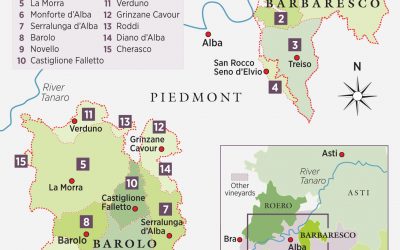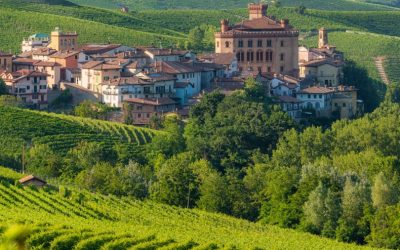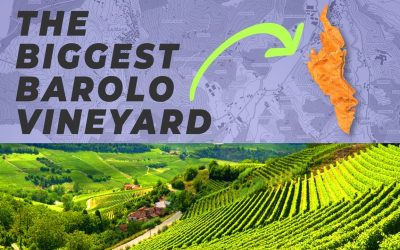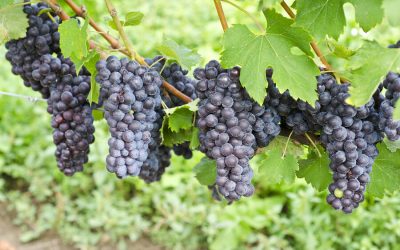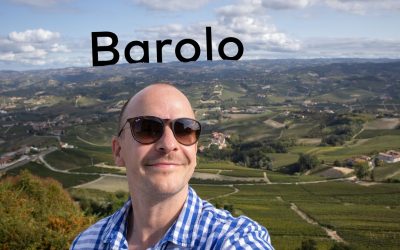What is so special about Barolo?
Barolo, often referred to as the ‘King of Wines,’ stands out for several reasons that contribute to its superior quality and distinctive character. These factors range from the noble grape varietal it is made from – Nebbiolo – to the unique terroir of Italy’s Piedmont region, which nurtures this special grape.
The Noble Nebbiolo Grape: The Heart of Barolo Nebbiolo, the grape from which Barolo is made, is a dark-skinned red grape known for its high tannins, acidity, and potency. This grape variety contributes a deep and complex flavor profile to Barolo wines, including hints of cherry, raspberry, truffles, and anise, along with a variety of other flavors. Nebbiolo’s high tannin content and acidity also give Barolo its exceptional aging potential.
What is so special about Barolo?
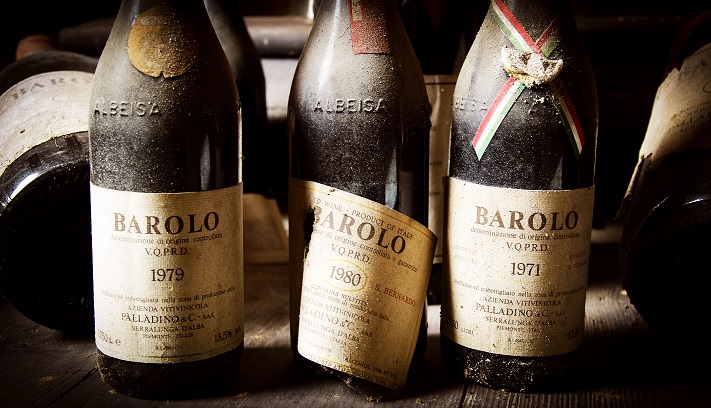
Barolo holds a special place in the world of wine due to its exceptional qualities and remarkable aging potential. Made entirely from the Nebbiolo grape, Barolo wines are recognized for their rich, full-bodied profiles, accompanied by intricate flavors of cherries, roses, tar, and truffles. The strict aging requirements – a minimum of two years in oak and one year in the bottle – ensure that each bottle of Barolo delivers a complex bouquet and structured tannins that allow it to improve and evolve over decades. Its high acidity makes it a versatile pairing with a variety of foods, while its robust character leaves a lasting impression on the palate. The geographical restrictions on its production, which encompass just eleven communes in Italy’s Piedmont region, further enhance its uniqueness and exclusivity, making Barolo a highly treasured wine among enthusiasts and collectors worldwide.
Barolo Aging and Maturation:
The Secret to Barolo’s Complex Character Barolo wines are aged for at least two years in oak barrels and one year in the bottle before they are released. This extensive aging process enhances the wine’s complexity and balance, softening its high tannins and adding a variety of secondary and tertiary flavors such as tobacco, leather, and dried fruits. The aging process also contributes to Barolo’s garnet-red hue and its distinctive ‘tar and roses’ aroma.
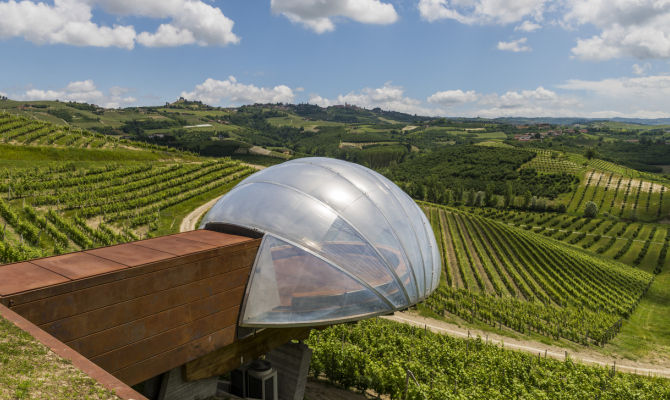
If you’re planning a trip to the renowned Barolo wine region in Fall 2023, there are several exceptional wine cellars that you should not miss. Start your journey with the historic Marchesi di Barolo, known as the birthplace of Barolo wine. Continue your exploration at Poderi Einaudi, an estate that has been producing wines since 1897, providing a comprehensive look into the world of Barolo.
Don’t miss Damilano, a family estate making Barolo since 1890, or Fontanafredda, one of the oldest wineries in Italy with an impressive historic cellar. Pay a visit to Bartolo Mascarello, a notable family-run winery, or Paolo Scavino, where you can walk amidst the vineyards before visiting their cellar. Take in the scenic view of the Barolo villages at GD Vajra, and visit E. Pira e Figli – Chiara Boschis, where one of the first women producers in Barolo, Chiara Boschis, crafts her sought-after wines. Giuseppe Rinaldi, an iconic producer, and Roberto Voerzio, known for high-quality Barolo, both offer tastings by appointment.
Next, visit Ceretto, famous for modern winemaking and art installations, and Conterno Fantino, an eco-friendly winery with stunning views. Cordero di Montezemolo provides an immersive tour of the cellar and vineyards, followed by a tasting. Vietti, with its top-rated wines, and Aldo Conterno, showcasing traditional Barolo production, are a must-visit. Giacomo Conterno, a legend in Barolo, offers tastings by appointment, as does Brovia, a family-run estate making wine since 1863. Visit Mascarello Giuseppe e Figlio, known for its traditional style, and Elvio Cogno, where you can tour the cellars and vineyards. Finish your tour at Giuseppe Mascarello, famous for its single-vineyard Barolo.
Do remember, many of these cellars require appointments for visits, so make sure to contact them in advance. This curated itinerary promises an in-depth encounter with the tradition, innovation, and elegance that Barolo wine represents.
Here are twenty recommended Barolo cellars to visit:
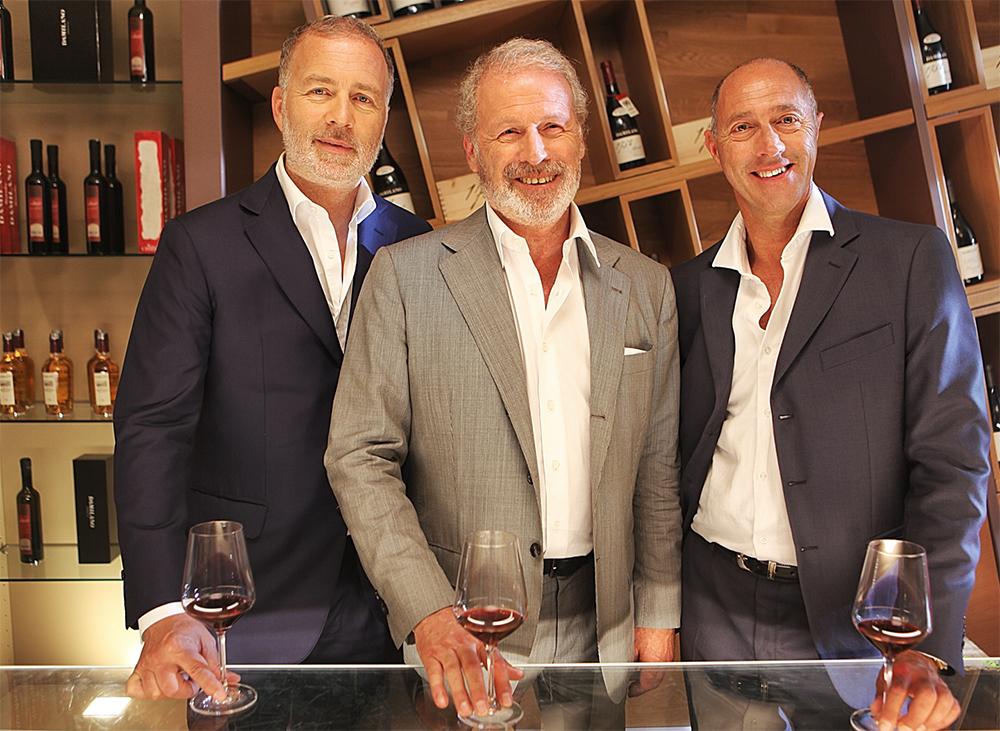
| Winery and Official Website | Year of Establishment | Notable Offerings |
|---|---|---|
| Marchesi di Barolo | 1807 | Guided tours and tastings |
| Poderi Einaudi | 1897 | Intimate look into the world of Barolo |
| Damilano | 1890 | Traditional family estate |
| Fontanafredda | 1878 | Historic cellar visits |
| Bartolo Mascarello | – | Tastings by appointment |
| Paolo Scavino | 1921 | Vineyard walks, cellar visits |
| GD Vajra | 1972 | Scenic view of Barolo villages |
| E. Pira e Figli – Chiara Boschis | – | Pioneering women producer’s wines |
| Giuseppe Rinaldi | – | Tastings by appointment |
| Roberto Voerzio | – | High-quality Barolo tastings by appointment |
| Ceretto | 1937 | Modern winemaking, beautiful art installations |
| Conterno Fantino | 1982 | Eco-friendly winery, stunning views |
| Cordero di Montezemolo | – | Cellar tours, vineyard tours |
| Vietti | 1919 | Wide range of top-rated wines |
| Aldo Conterno | 1969 | Traditional Barolo production methods |
| Giacomo Conterno | 1908 | Tastings by appointment |
| Brovia | 1863 | Tours and tastings by appointment |
| Mascarello Giuseppe e Figlio | – | Traditional style wines |
| Elvio Cogno | 1990 | Cellar and vineyard tours |
| Giuseppe Mascarello | – | Single-vineyard Barolo tastings by appointment |
Remember that many of these wineries require appointments for visits, so it’s recommended to contact them in advance of your trip.
The Terroir of Piedmont:

The Birthplace of Barolo Barolo is produced in the Piedmont region of northwestern Italy, particularly in 11 communes south of the town of Alba. The region’s combination of clay and sandstone soils, along with its cool climate and hilly terrain, provide ideal conditions for growing Nebbiolo. The grapes from different communes, each with its microclimate and soil composition, produce Barolos with distinct characteristics, adding to the wine’s overall complexity and appeal.
Why Barolo Stands Out:
Its Remarkable Pairing Versatility and Aging Potential Barolo is not just renowned for its depth of flavor and complexity; its versatility with food pairing also makes it stand out. It pairs excellently with rich meats, truffles, hard cheeses, and even dark chocolate, making it a favorite choice for dinner parties and special occasions. In addition, Barolo’s long aging potential allows it to develop more nuanced flavors and aromas over time, making it a highly coveted wine for collectors.
Barolo FAQs:
FAQ 1: “Why is Barolo considered a collector’s wine?” Barolo is considered a collector’s wine due to its high aging potential. A well-stored Barolo can age for several decades, during which its flavors and aromas continue to evolve, adding to its complexity and value.
FAQ 2: “What food pairs best with Barolo?” Barolo pairs best with rich, savory foods that can stand up to its high tannins and acidity. This includes dishes like truffle risotto, braised beef, aged cheeses, and roasted game meats.
FAQ 3: “Can Barolo wine be enjoyed young?” While Barolo is known for its aging potential, younger Barolo wines can also be enjoyed. These wines will offer more fruit-forward flavors and a vibrant acidity, although they may still have high tannins.
Conclusion:
Appreciating Barolo: A Wine Like No Other” Barolo is a wine that demands attention and appreciation. Its complex character, versatility with food pairing, and longevity make it one of the world’s most prized wines. Whether you’re a wine connoisseur or a casual wine lover, the unique experience that a bottle of Barolo provides is undoubtedly worth exploring.

